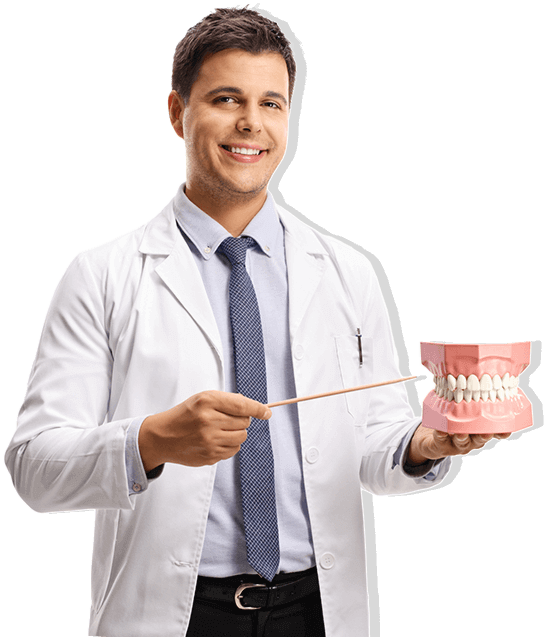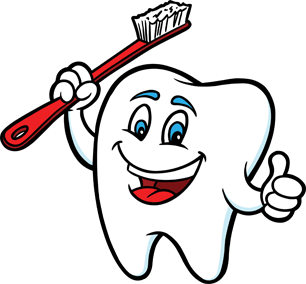Wisdom Teeth Extraction
By the age of 18, the average adult has 32 teeth; 16 teeth on the top and 16 teeth on the bottom. Each tooth in the mouth has a specific name and function. The teeth in the front of the mouth (incisors, canine and bicuspid teeth) are ideal for grasping and biting food into smaller pieces. The back teeth (molar teeth) are used to grind food up into a consistency suitable for swallowing. The average mouth is made to hold only 28 teeth. It can be painful when 32 teeth try to fit in a mouth that can hold only 28 teeth. These four extra molars are known as “wisdom teeth”.
Wisdom teeth are the last teeth to erupt within the mouth, usually in a person’s late teens or twenties. When they align properly and gum tissue is healthy, wisdom teeth do not have to be removed. Unfortunately, this does not generally happen. The extraction of wisdom teeth is necessary when they are prevented from properly erupting within the mouth. They may grow sideways, partially emerge from the gum and even remain trapped beneath the gum and bone. Impacted teeth can take many positions in the bone as they attempt to find a pathway that will allow them to successfully erupt. Your dentist can determine if you need your wisdom teeth removed from the x-rays taken during your usual hygiene cleanings.
Problems caused by wisdom teeth:
- When wisdom teeth are partially erupted, the opening around the teeth allows bacteria to grow and will eventually cause an infection resulting in swelling, stiffness, pain and illness.
- The pressure from erupting wisdom teeth may move other teeth and disrupt the orthodontic or natural alignment of the teeth.
- The most serious problem occurs when tumors or cysts form around the impacted wisdom teeth, resulting in the destruction of the jawbone and healthy teeth.
Diagnosis
Generally, any potential issues with wisdom teeth are identified from the x-rays taken as part of routine oral examinations during a patient’s mid-teenage years. Studies have shown that early evaluation and treatment may result in a better outcome for the patient.
Treatment
- In most cases, the removal of wisdom teeth is performed under local anesthesia or IV (intravenous sedation). These options, as well as any surgical risks, will be discussed with you before the procedure is performed.
- Once the teeth are removed, the gum is sutured. To help control bleeding, you will bite down on gauze placed in your mouth.
- You will rest under our supervision until you are ready to be taken home. Upon discharge, your postoperative kit will include after-care instructions, a prescription for pain medication, and a prescription for antibiotics if needed.































